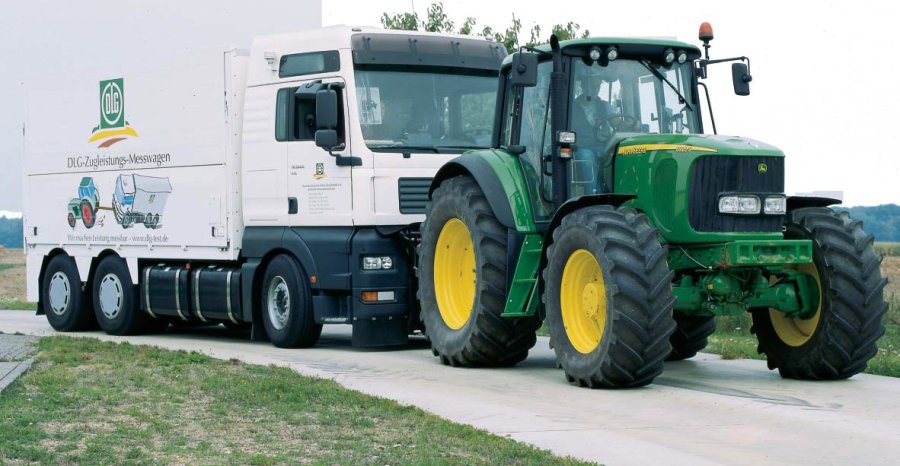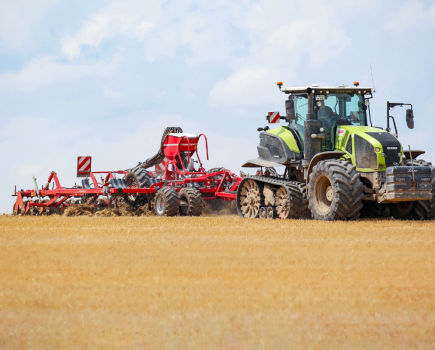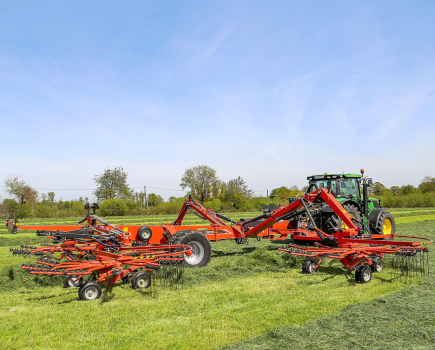So how much does a CVT tractor really drink? When only tested for output and fuel consumption at full load the stepless (CVT) tractor is in effect being asked to perform without access to all of its technical powers. Why? Because the CVT’s biggest asset is its ability to adapt travel speed to differing loads. In contrast a single maximum load reading can make a CVT look thirsty. profi delves deeper with new Powermix tests.
We all know that a powershift, or semi-powershift, transmission offers the user genuine efficiency and practical advantages in the field over a standard synchromesh box.
To justify its premium price, it has to. It’s as simple as that. Take the ploughman working up a slight rise and then down the other side. With a powershift-box tractor, he is able to ‘click’ down and then back up again without dropping the drive and losing momentum. In short, the powershift box, over a working day,
should achieve higher work rates and save on the fuel consumption. Yet, in tractor test terms, there is a complication.
In a static test, due to the relatively complex gear arrangement nature of a powershift box, it will often end up with a thirstier result than that from a basic synchromesh box unit. Which is why the manufacturers of the first powershift boxes in the 1970s complained – and with some justification – that these static tests’ results didn’t truly reflect what was being found in the field.
Still, that’s some way back in ag tractor history. Today, as alluded to above, it is generally recognised that early powershift manufacturers had a point and, although the static tests were theoretically correct, the
in-field and practical reality is rather more complicated.
For more up-to-date farming news and reviews click here and subscribe now to profi for just £3.99 an issue.






